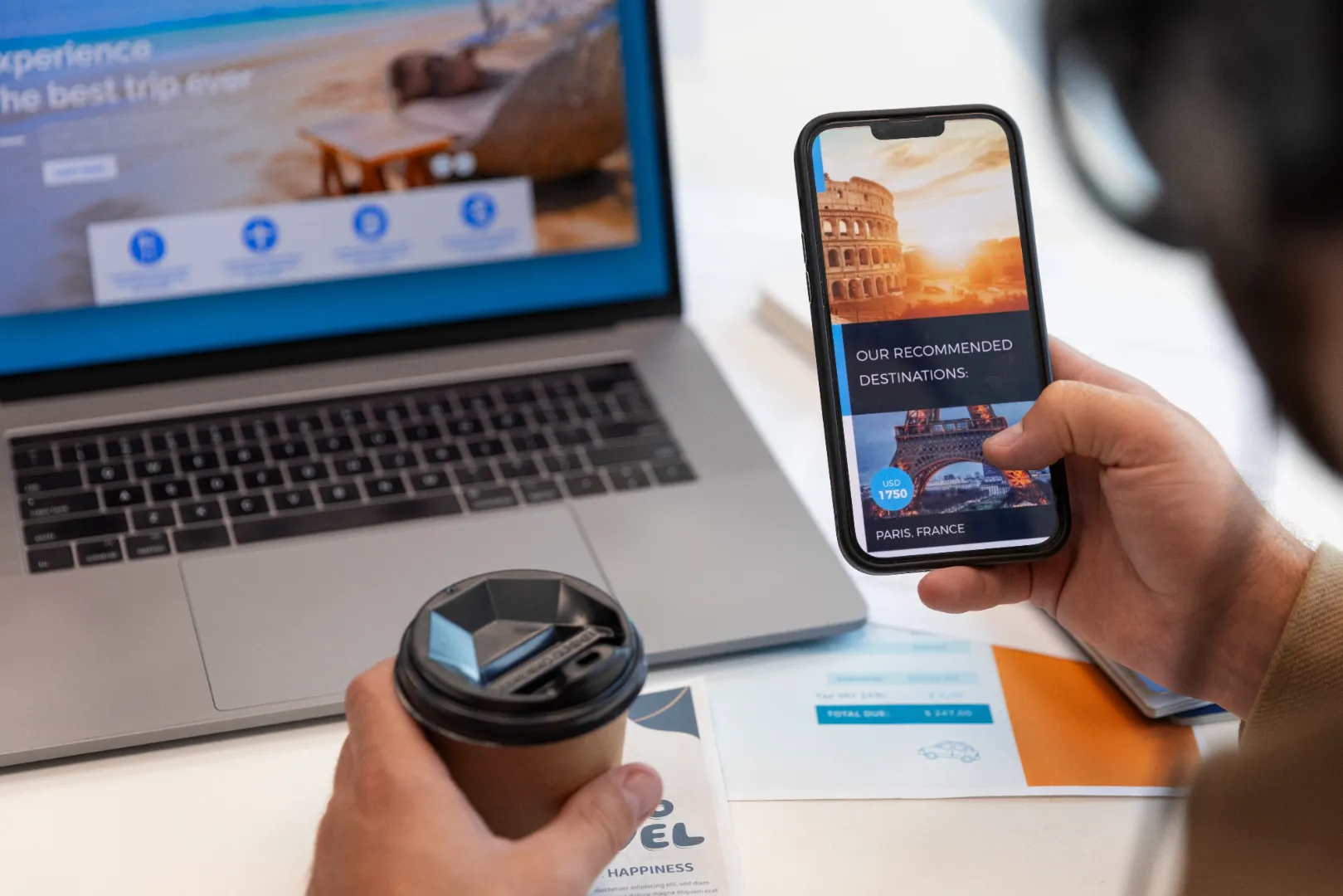
The line between websites and apps is blurring. Users want fast, reliable, and engaging experiences on any device, without the friction of downloads or app store approvals. Progressive Web Apps (PWAs) are the solution, offering the best of both worlds: the accessibility of a website with the functionality of a native app.
What is a Progressive Web App?
A Progressive Web App is a website built using modern web technologies that behaves like a native app. PWAs can be installed on a user’s home screen, work offline, send push notifications, and provide smooth interactions — all while being accessible via a browser.
Key characteristics of PWAs include:
- Offline support using service workers.
- App-like experience with responsive design and smooth animations.
- Push notifications to keep users engaged.
- Fast loading speeds even on slow networks.
When to use a PWA
- You want broad accessibility
PWAs are accessible on any device with a browser, including desktop, tablet, and mobile. No app store approval is needed, reducing barriers to entry. - You need offline functionality
Service workers allow PWAs to cache content and operate offline or on low-quality networks, ideal for e-commerce, news, or content-heavy platforms. - You want to improve user engagement
Push notifications and app-like experiences encourage return visits and longer session durations. - You want faster development and updates
Unlike native apps, PWAs don’t require separate development for iOS and Android. Updates are instant, without waiting for app store approvals. - You want better performance on mobile
PWAs load quickly, reduce bounce rates, and improve SEO, making them ideal for businesses targeting mobile users.
Benefits of PWAs
- Cost-effective: One codebase works across multiple platforms.
- Improved SEO: PWAs are discoverable by search engines like regular websites.
- Higher engagement: App-like experiences encourage users to return.
- Reliable performance: Offline access and fast loading increase trust and usability.
Examples of successful PWAs
- Twitter Lite: Reduced data usage and improved engagement in emerging markets.
- Starbucks: Offline ordering for users with limited connectivity.
- Pinterest: Increased mobile engagement and faster page loads compared to their native app.
Progressive Web Apps are not a replacement for native apps but a strategic tool for delivering better digital experiences. They are ideal for businesses that want the performance and engagement of an app without the overhead of traditional app development.
In 2025, PWAs are becoming a standard for companies that prioritize speed, accessibility, and user retention. They prove that the future of web experiences is fast, reliable, and engaging — anywhere, anytime.

